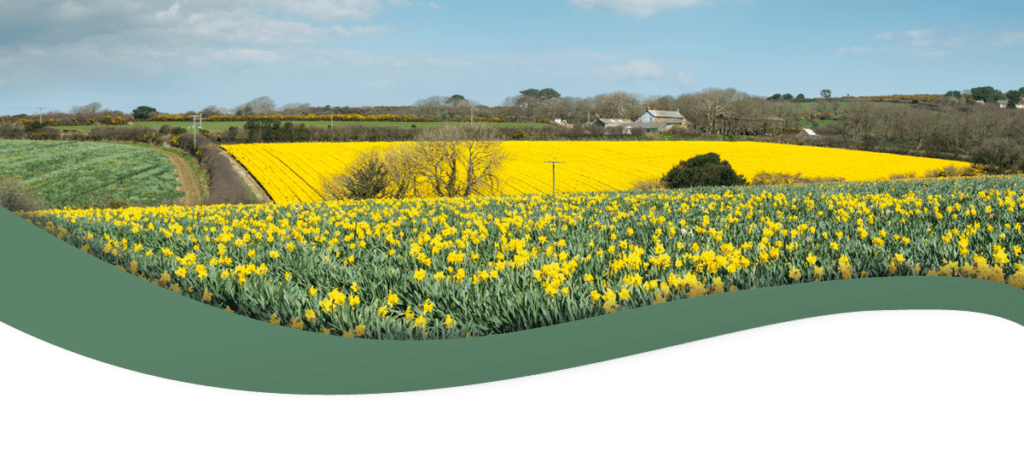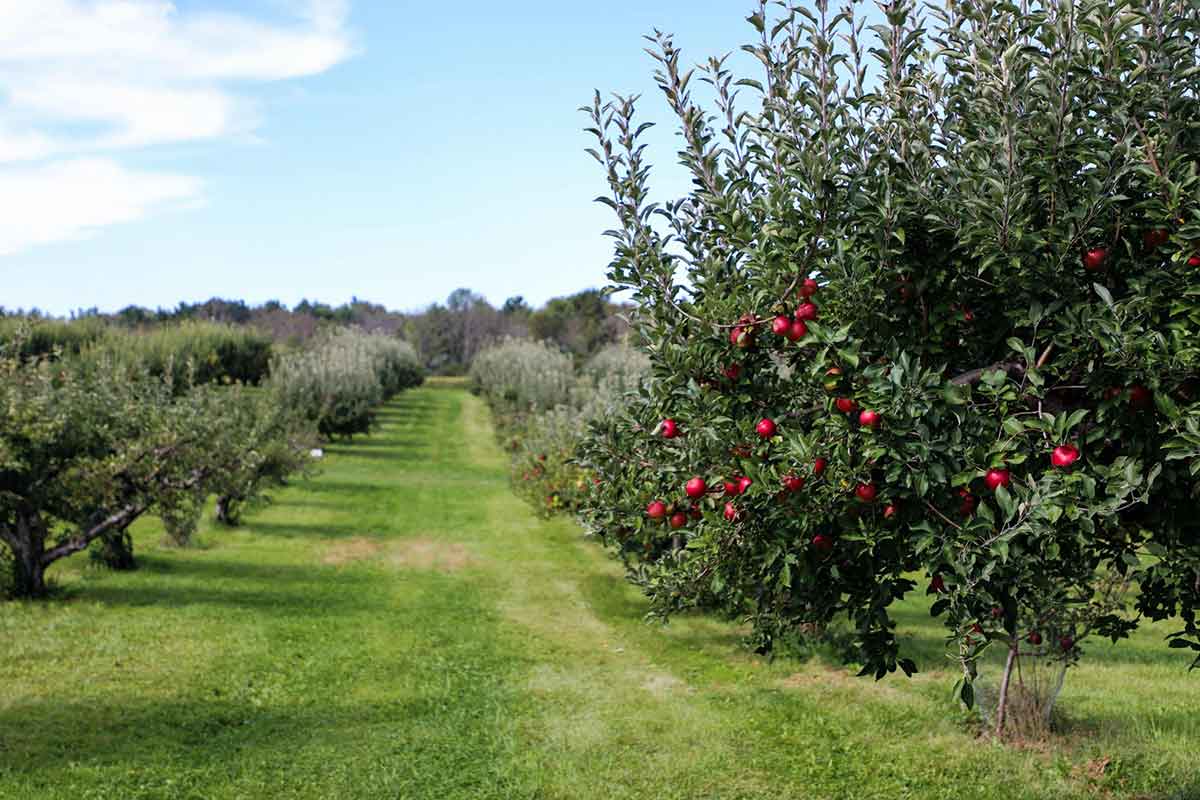The Beast from the East may have other ideas, but spring is really on the horizon. Here at our HQ in Hampshire we may have recently experienced another blast of Siberian weather conditions, but judging by how busy our garden birds are; spring is definitely on its way.
So once the last of the snow has melted, and the ground is not too waterlogged, what jobs should smallholders be getting on with this month and next? Here we provide our top jobs for spring!
Spring Jobs For Smallholders
This month it should be possible to start sowing early peas, beans and potatoes – if you haven’t already. That means getting your allotment or fields ready for seeding and new growth.
Once the ground is dry enough, get your roller out to break up the winter lumps and clods to achieve an even soil structure and level seedbed.
This should be followed by harrowing to help aerate the soil and produce a finer tilth, if necessary. A coarse harrow can also be used to remove weeds and cover seed after sowing.
If you’re keeping livestock it’s also time to treat your paddocks and pastures. Rollers should be used to break up clods and even out ruts, but you can also roll after harrowing to ensure that any tufts of grass that are ripped up by the harrow are pressed back into the soil: otherwise they may dry out before they get a chance to take root again. Harrowing is also essential for conditioning the soil so you get a good crop of grass.
If you need to replace or upgrade your roller or harrow, click on the links below to explore our range:
A Stony Problem
If you’ve got a lot of stone in your fields, especially if you want to sow them for vegetables or other crops, you’ll want to get rid of them. You could spend hours removing them entirely – although that is truly backbreaking work and also means you’ll need somewhere to dispose of them.
Alternatively, you can bury them. A stone burier attached to a compact tractor or quad bike does what it’s name suggests; buries any heavy stones and debris under the top layer of soil. This top layer is lighter and finer – ideal for sowing or planting – whereas the stones that would have made this difficult are buried deep enough not to affect your harvest.
Next Up – Mowing
When you look at your fields and pastures today, your first thought is probably not that they need to be mown. Grasses are only just beginning to wake up and start putting on new growth. However, it won’t be long until these areas of your smallholding need a haircut. Mowing will help promote grass growth – as well as removing weeds before they flower and seed – and will also prevent scrub from forming in your pastures.
If you haven’t had your mower out since last year, now’s the time to inspect and make sure they’re in good condition for the season ahead.
An all round flail mower is a great addition to your farm machinery if you have paddocks or pastures that need regular mowing. Have a look at our new Agrint range if you’re in the market for a new mower.
Although you may not be able to get out and start preparing your ground immediately, if it’s still too wet, frozen or snowy, it won’t be long. So make sure you’ve got everything you need – tools and machinery, seed etc. – ready to get to work as soon as conditions allow.








